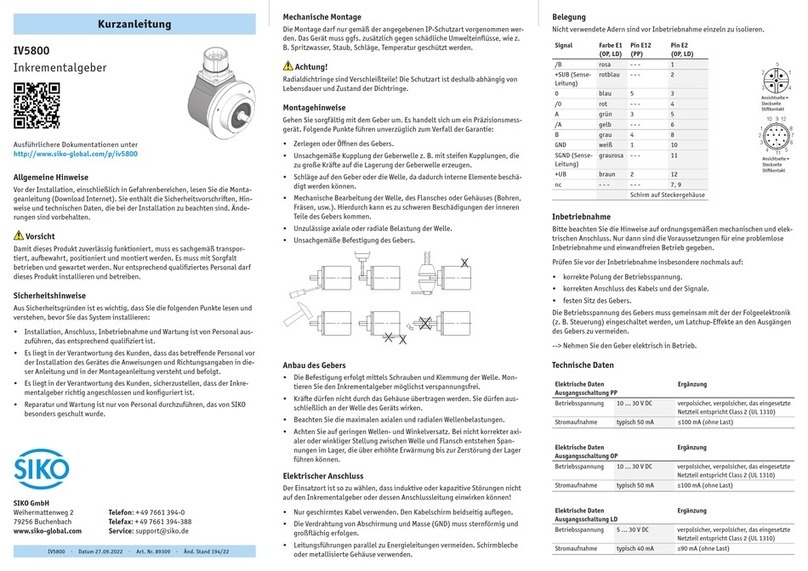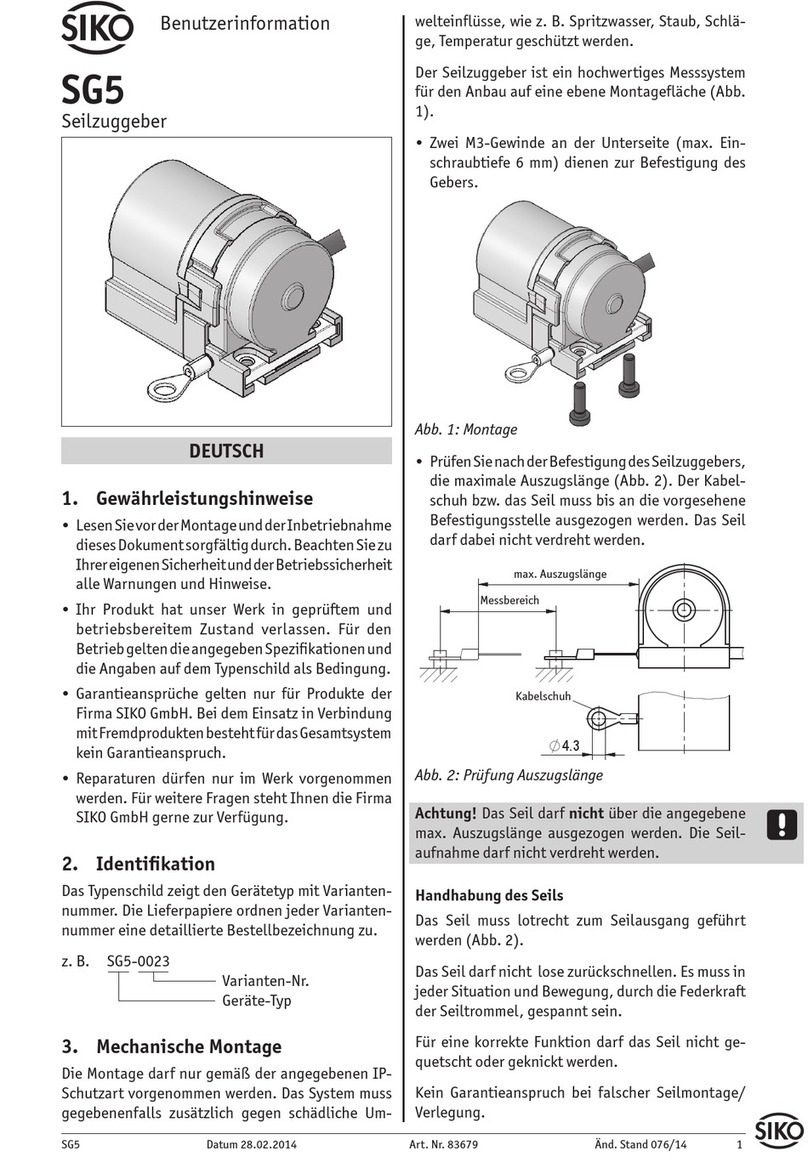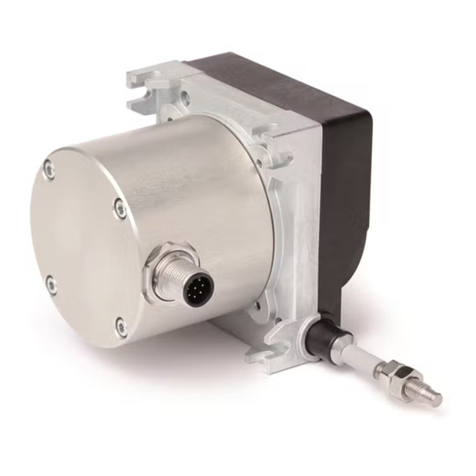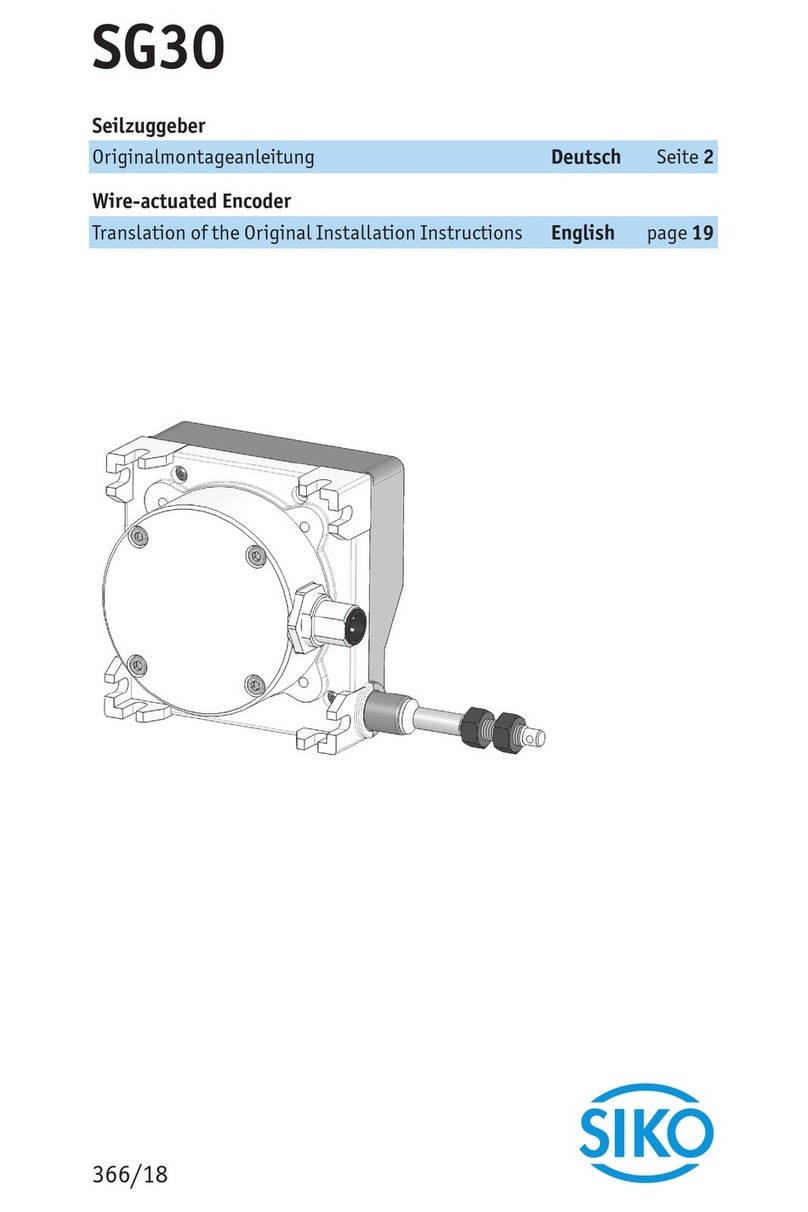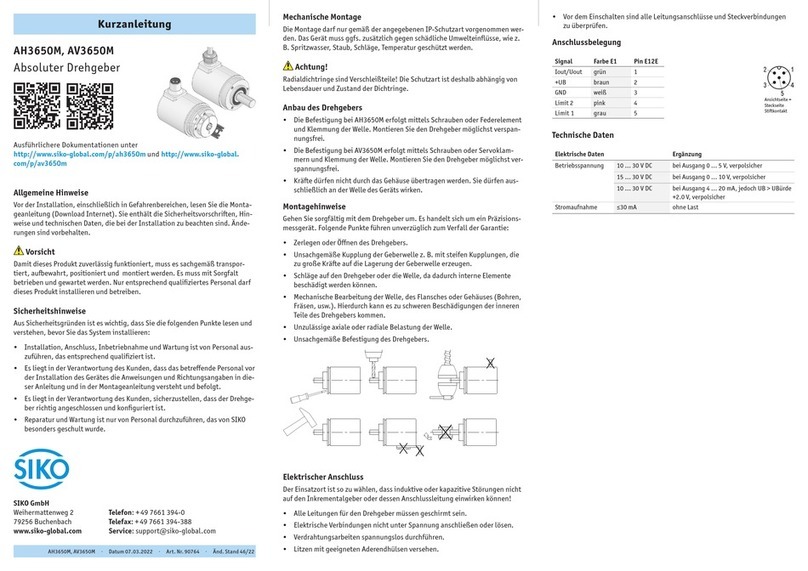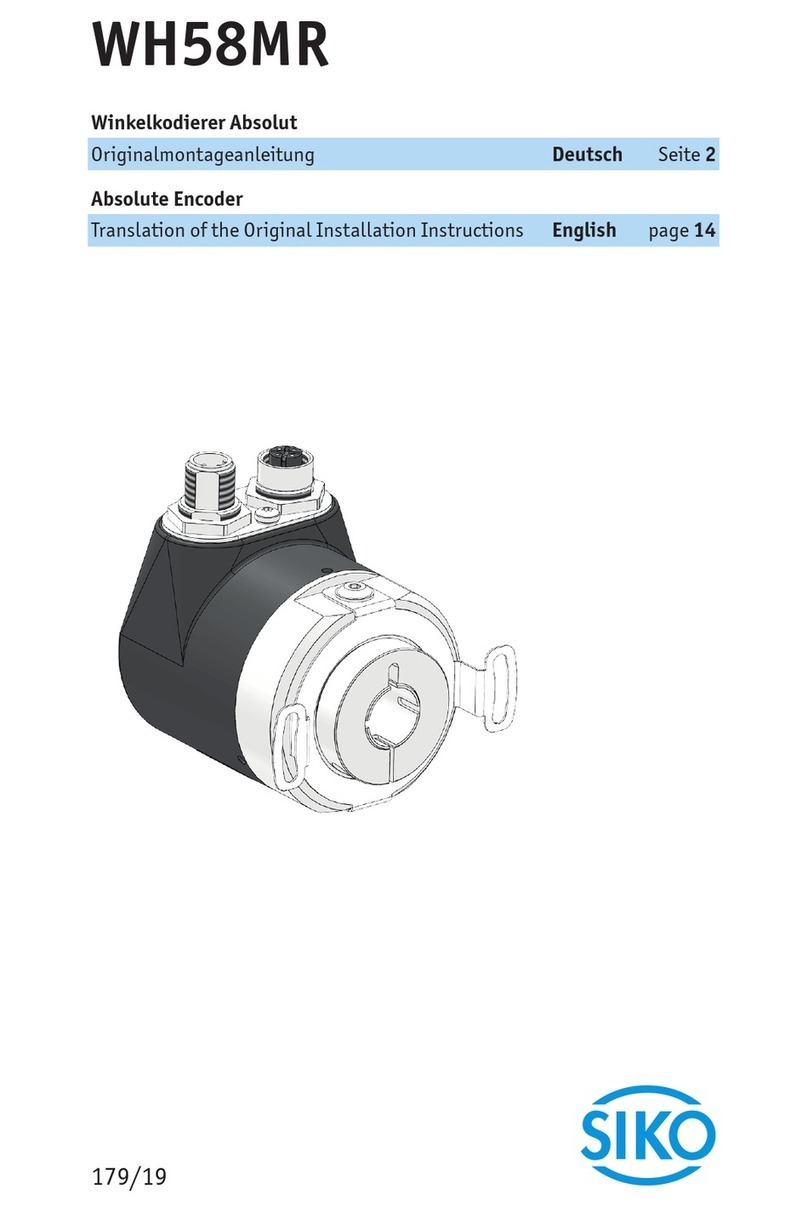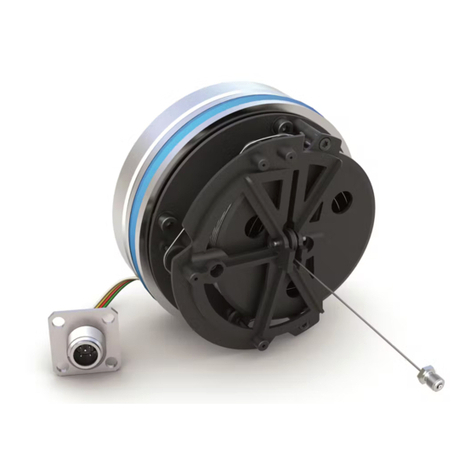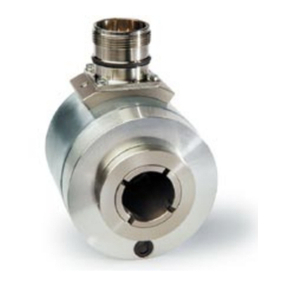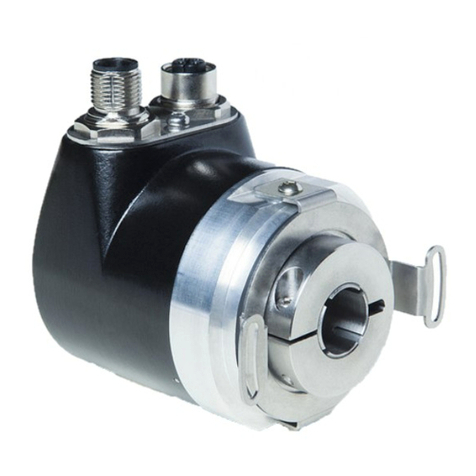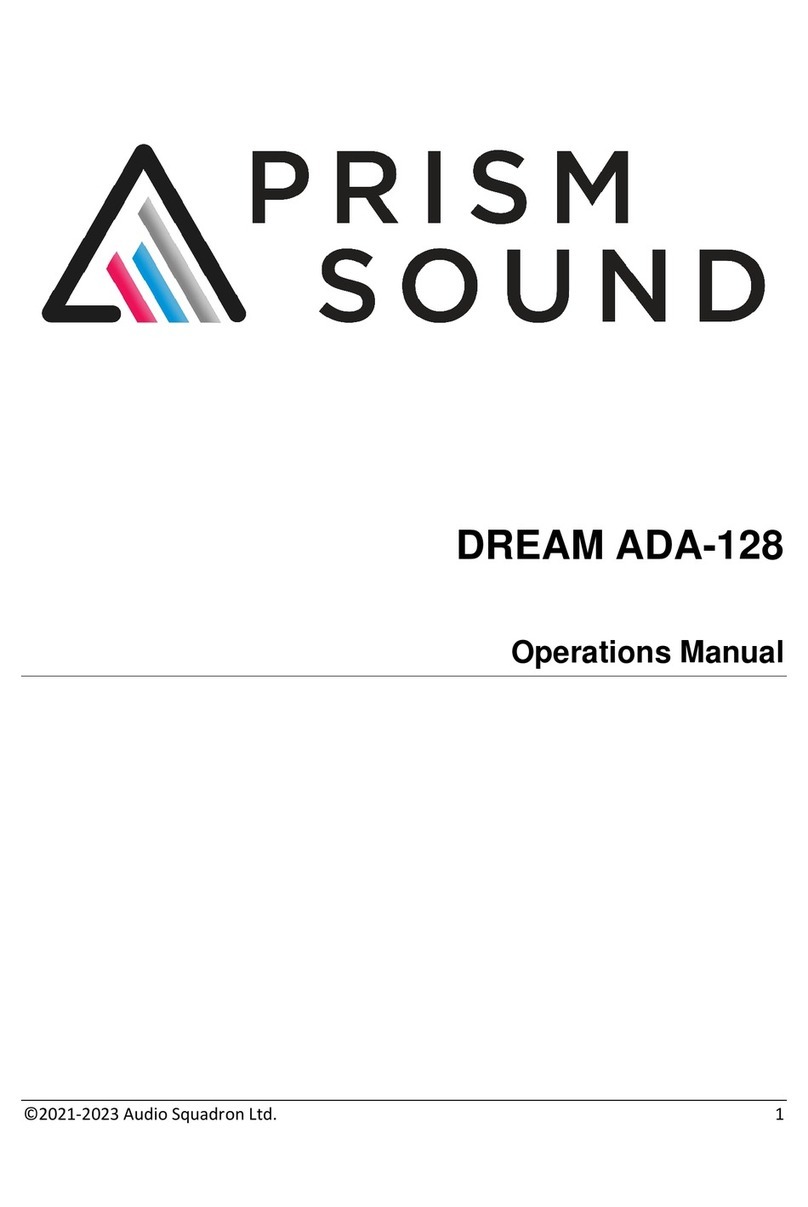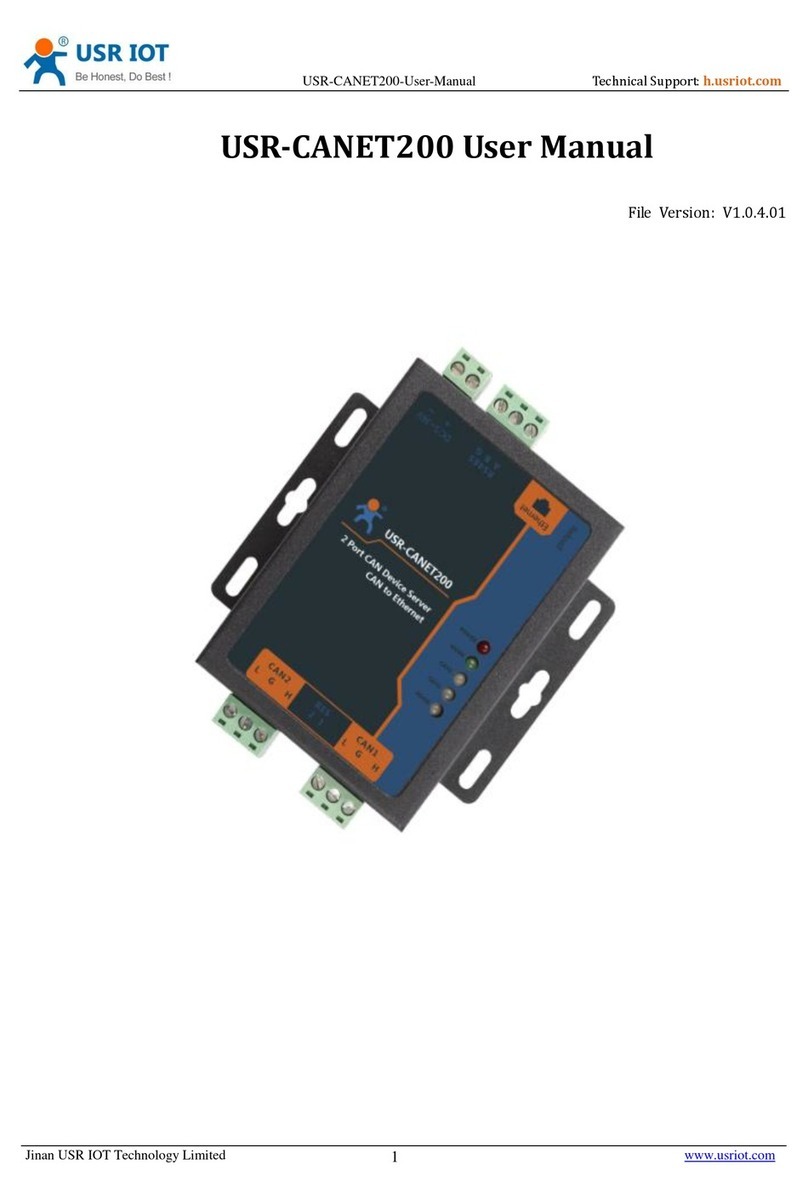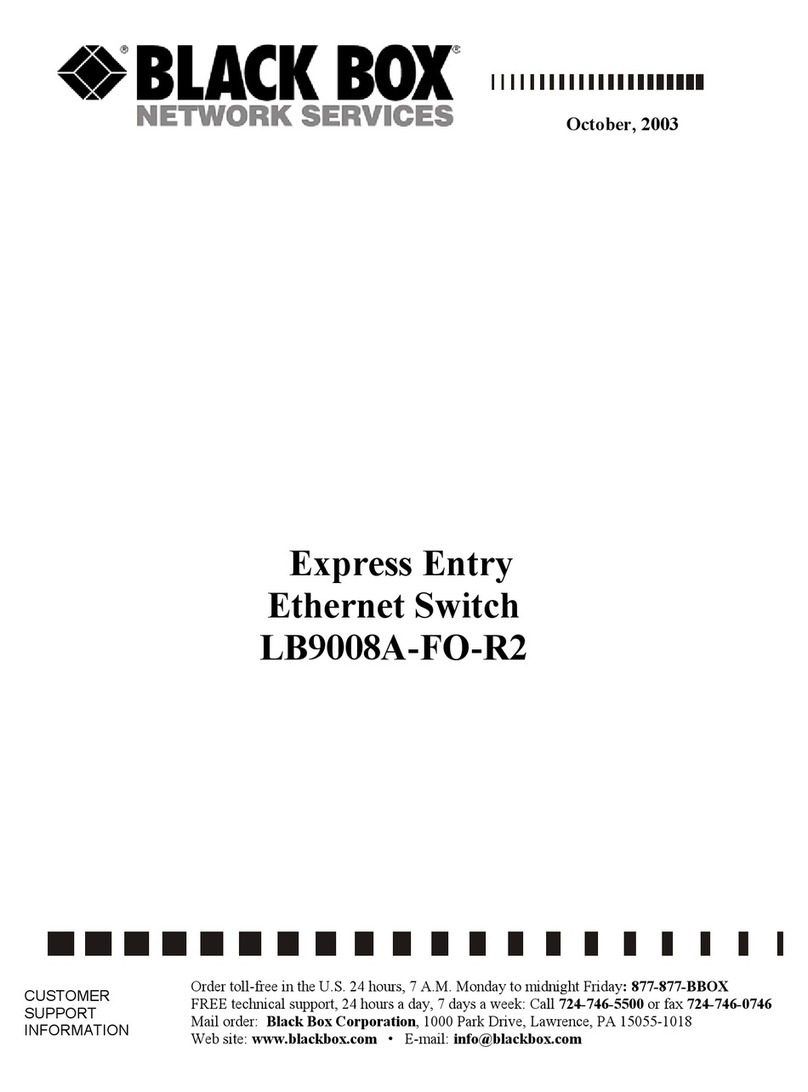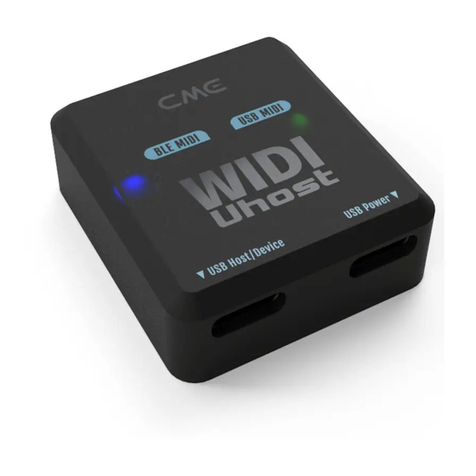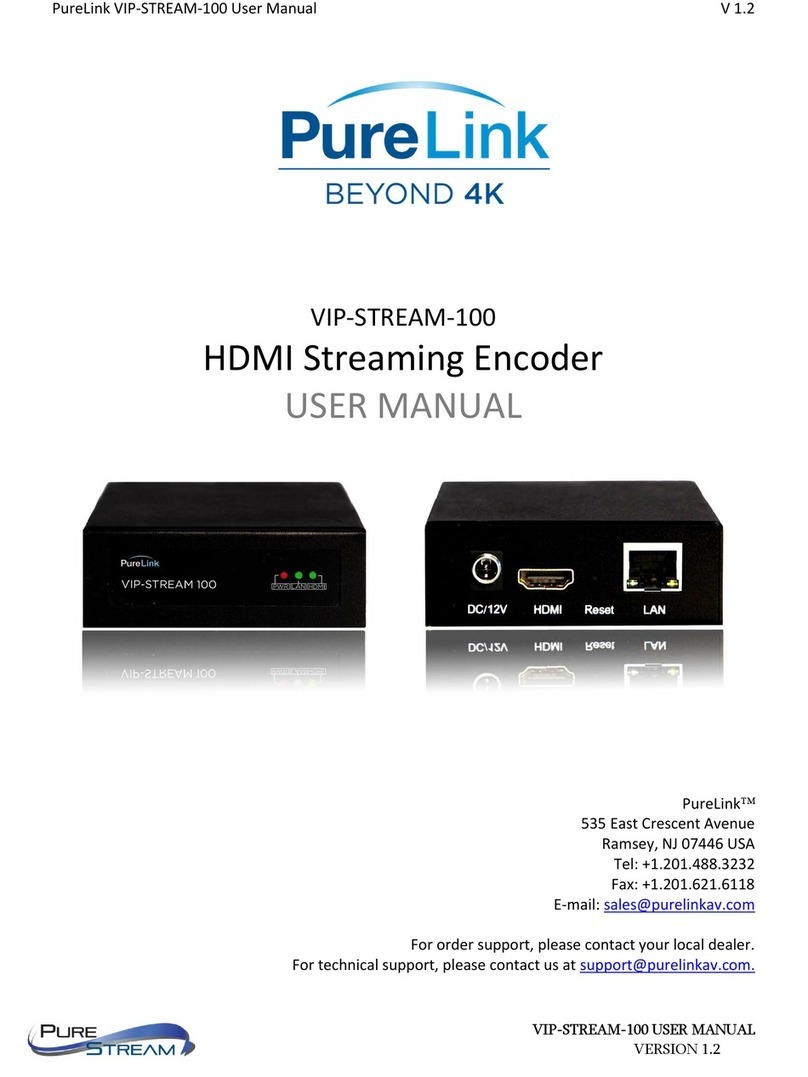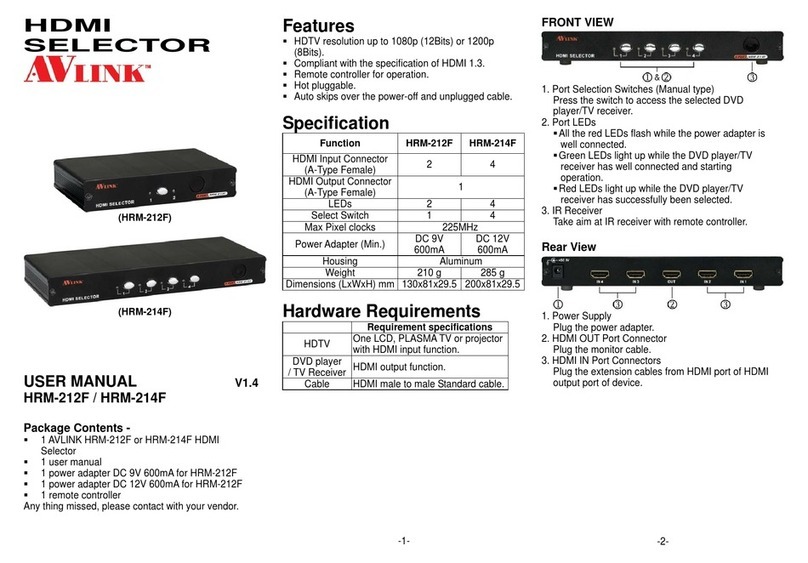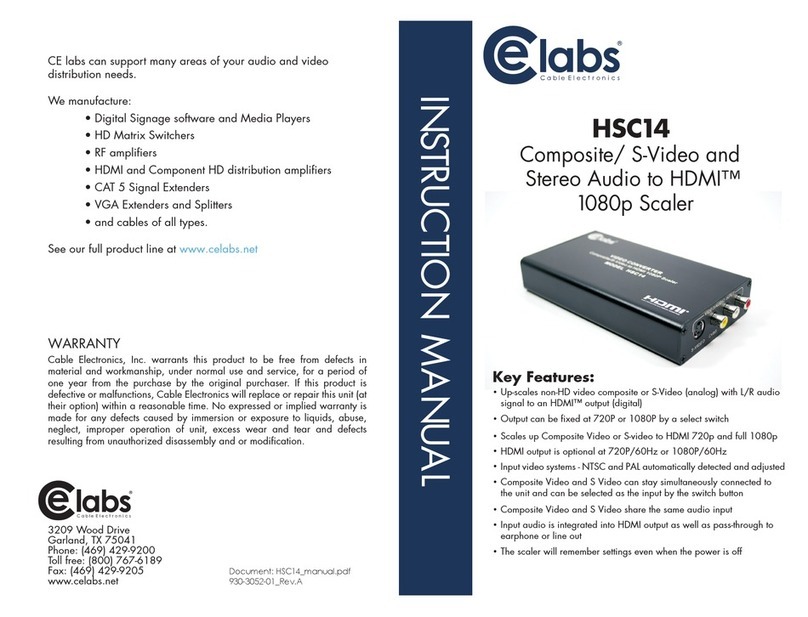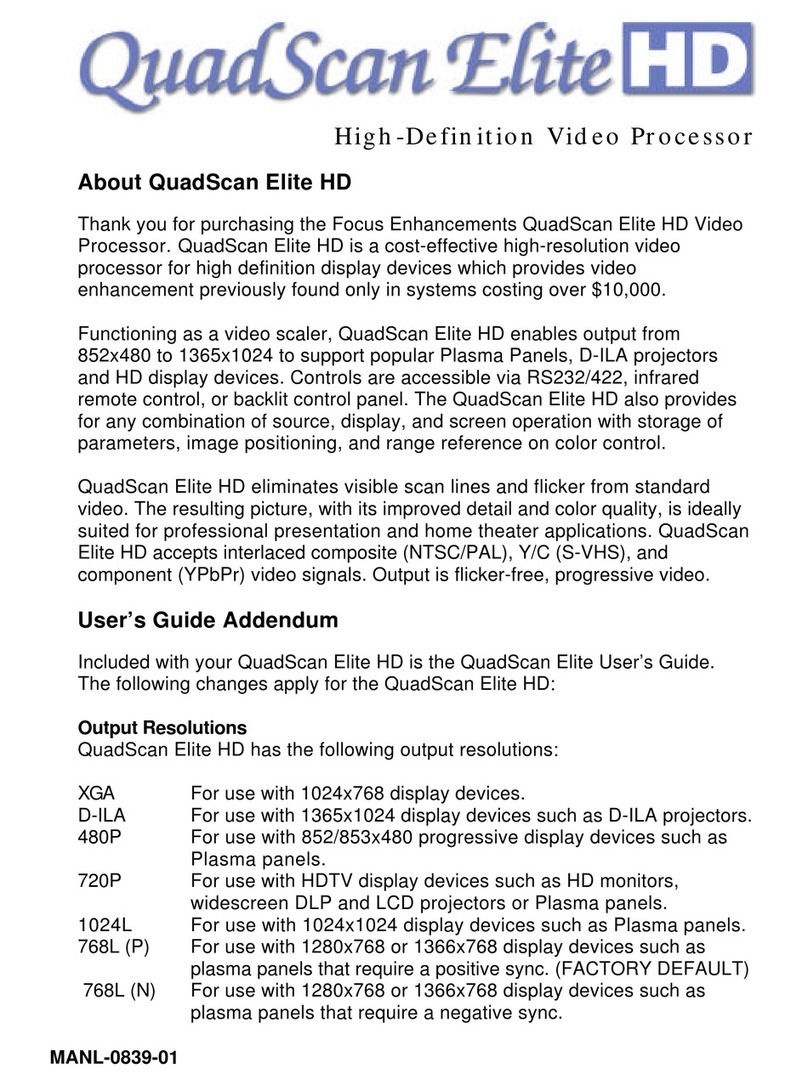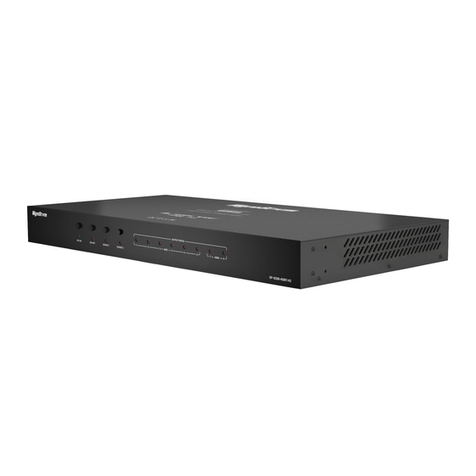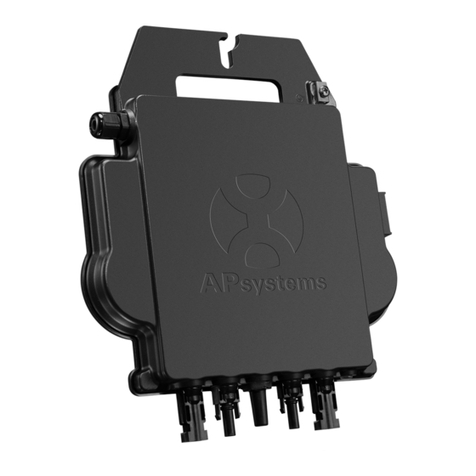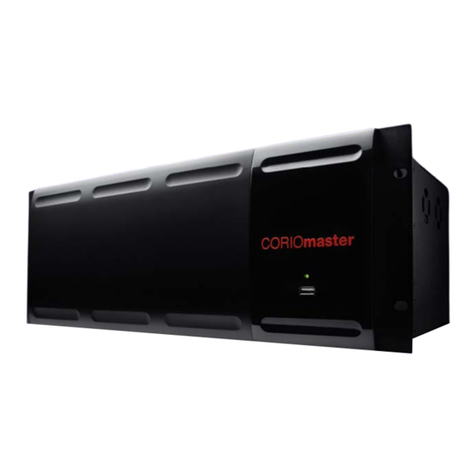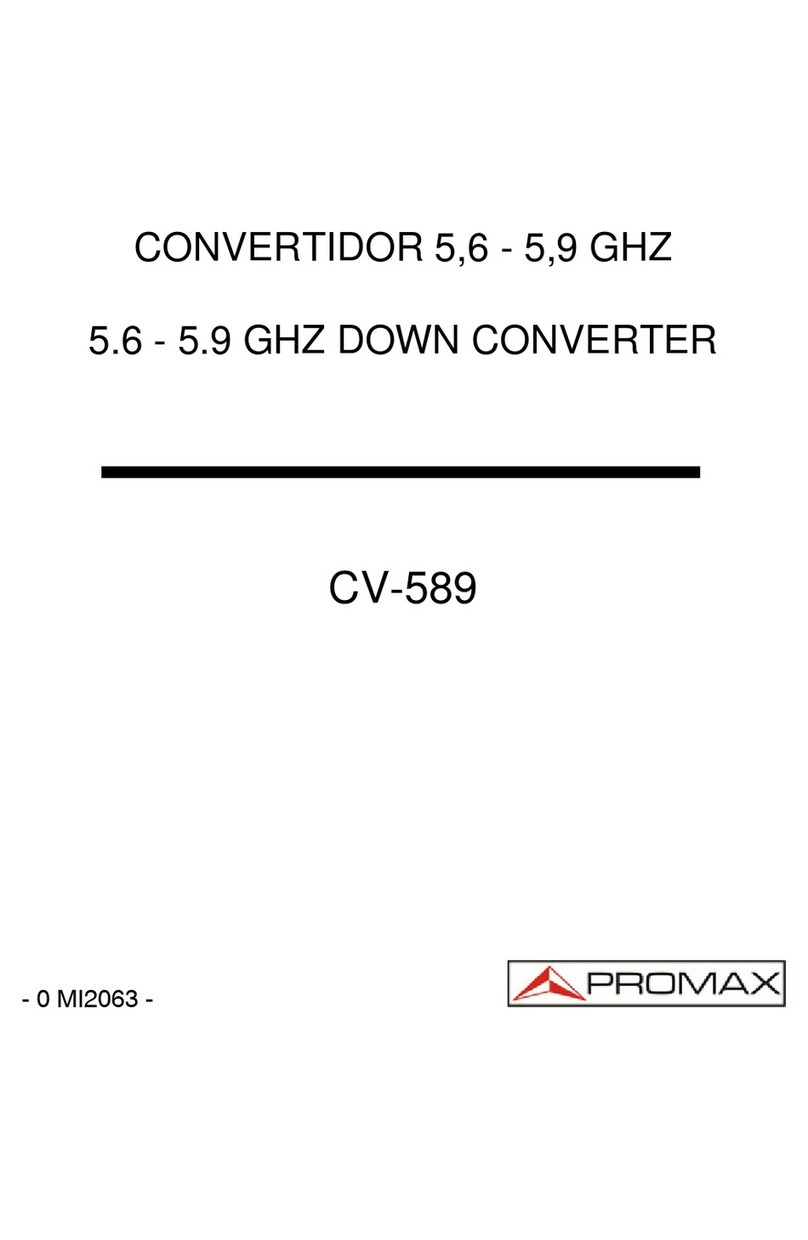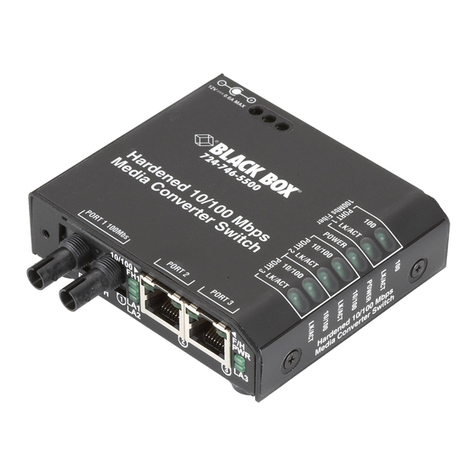Siko IV28M/1 Operation manual

IV28M/1 Datum 23.07.2008 Art.Nr. 84362 Änd. Stand 40/08 1
Abb. 1: Montagehinweise
A vor B
DEUTSCH
1. Gewährleistungshinweise
Lesen Sie vor der Montage und der Inbetriebnahme
dieses Dokument sorgfältig durch. Beachten Sie zu
Ihrer eigenen Sicherheit und der Betriebssicherheit
alle Warnungen und Hinweise.
Ihr Produkt hat unser Werk in geprüftem und be-
triebsbereitem Zustand verlassen. Für den Betrieb
gelten die angegeben Spezifikationen und die
Angaben auf dem Typenschild als Bedingung.
Garantieansprüche gelten nur für Produkte der
Firma SIKO GmbH. Bei dem Einsatz in Verbindung
mit Fremdprodukten besteht für das Gesamtsystem
kein Garantieanspruch.
Reparaturen dürfen nur im Werk vorgenommen
werden. Für weitere Fragen steht Ihnen die Firma
SIKO GmbH gerne zur Verfügung.
Fremdmagnete fernhalten.
•
•
•
•
•
z.B. IV28M/1-0023
Varianten-Nr.
Geräte-Typ
3. Mechanische Montage
Die Montage darf nur gemäß der angegebenen IP-
Schutzart vorgenommen werden. Das Gerät muss
ggfs. zusätzlich gegen schädliche Umwelteinflüs-
se, wie z.B. Spritzwasser, Staub, Schläge, Tempe-
ratur geschützt werden.
Achtung! Radialdichtringe sind Verschleißteile!
Die Schutzart ist deshalb abhängig von Lebens-
dauer und Zustand der Dichtringe.
Montagehinweise
Gehen Sie sorgfältig mit dem Geber um. Es handelt
sich um ein Präzisionsmessgerät. Folgende Punkte
führen unverzüglich zum Verfall der Garantie:
Zerlegen oder Öffnen des Gebers (soweit dies
nicht in dieser Benutzerinformation beschrieben
wird).
Unsachgemäße Kupplung der Geberwelle z.B. mit
steifen Kupplungen, die zu große Kräfte auf die
Lagerung der Geberwelle erzeugen.
Schläge auf den Geber oder die Welle, da dadurch
interne Elemente beschädigt werden können.
Mechanische Bearbeitung der Welle, des Flansches
oder Gehäuses (Bohren, Fräsen, usw.). Hierdurch
kann es zu schweren Beschädigungen der inneren
Teile des Gebers kommen.
Unzulässige axiale oder radiale Belastung der
Welle.
Unsachgemäße Befestigung des Gebers.
Was Sie nicht tun sollten
•
•
•
•
•
•
Benutzerinformation
IV28M/1
Inkrementalgeber
Anbau des Gebers
Die Befestigung erfolgt mittels Schrauben und
Klemmung der Welle. Montieren Sie den Geber
•
2. Identifikation
Das Typenschild zeigt den Gerätetyp mit Varianten-
nummer. Die Lieferpapiere ordnen jeder Varianten-
nummer eine detaillierte Bestellbezeichnung zu.

2 IV28M/1 Datum 23.07.2008 Art.Nr. 84362 Änd. Stand 40/08
Ansichtseite =
Steckseite
möglichst verspannungsfrei.
Beachten Sie die maximalen axialen und radialen
Wellenbelastungen.
Achten Sie auf geringen Wellen- und Winkelversatz.
Bei nicht korrekter axialer oder winkliger Stellung
zwischen Welle und Flansch entstehen Spannungen
im Lager, die über erhöhte Erwärmung bis zur
Zerstörung der Lager führen können.
4. Elektrischer Anschluss
Steckverbindungen dürfen nie unter Spannung
gesteckt oder abgezogen werden!
Alle Verdrahtungsarbeiten dürfen nur spannungs-
los erfolgen.
Litzen sind mit geeigneten Aderendhülsen zu
versehen.
Vor dem Einschalten sind alle Leitungsanschlüsse
und Steckverbindungen zu überprüfen.
Die Betriebsspannung des Gebers muss gemein-
sam mit der der Folgeelektronik (z.B. Steuerung)
eingeschaltet werden.
Nicht benutzte Signalleitungen sind über einen
Widerstand (z.B. R = 10 kOhm) gegen Masse zu
schalten.
Hinweise zur Störsicherheit
Alle Anschlüsse sind gegen äußere Störeinflüsse
geschützt. Der Einsatzort ist aber so zu wählen,
dass induktive oder kapazitive Störungen nicht
auf das Gerät oder deren Anschlussleitungen
einwirken können! Störungen können z.B. von
Schaltnetzteilen, Motoren, getakteten Reglern
oder Schützen verursacht werden. Durch geeigne-
te Kabelführung und Verdrahtung können Störein-
flüsse vermindert werden.
Erforderliche Maßnahmen:
Nur geschirmtes Kabel verwenden. Litzenquer-
schnitt der Leitungen min. 0,14mm², max.
0,5mm².
Die Verdrahtung von Abschirmung und Masse (GND)
muss sternförmig und großflächig erfolgen.
Das System muss in möglichst großem Abstand von
Leitungen eingebaut werden, die mit Störungen
belastet sind; ggfs. sind zusätzliche Maßnahmen
wie Schirmbleche oder metallisierte Gehäuse
vorzusehen. Leitungsführungen parallel zu Ener-
gieleitungen vermeiden.
Schützspulen müssen mit Funkenlöschgliedern
beschaltet sein.
Bei Ausgangsschaltung LD5 beträgt die max. Ka-
bellänge 3m. Bei Verlängerung des Kabels (>3m)
•
•
•
•
•
•
•
•
•
•
•
•
•
muss eine Signalaufbereitung erfolgen und es muss
gewährleistet sein, dass 5V±5% Betriebsspannung
am Geber anliegen (um Spannungsabfall am Kabel
zu verhindern).
Spannungsversorgung
Die Spannungswerte sind abhängig von der Ge-
räteausführung und sind den Lieferpapieren oder
dem Typenschild zu entnehmen.
PP/OP/LD24: +10 ... +30 VDC
LD5: +5 VDC ±5%
4.1 Anschlussart E1 (offenes Kabelende)
Ausgangsschaltung PP
Farbe Belegung
weiß Kanal B
braun +UB
grün Kanal 0/I
gelb Kanal A
grau GND
schwarz Schirm
Ausgangsschaltung OP/LD5/LD24
Farbe Belegung
blau Kanal /B
grün Kanal 0
rot Kanal I
gelb Kanal A
rosa Kanal /A
weiß Kanal B
grau GND
braun +UB
schwarz Schirm
4.2 Anschlussart E6X
Ausgangsschaltung PP (7pol. Stecker)
Pin Belegung
1 Kanal B
2 +UB
3 Kanal 0/I
4 Kanal A
5 GND
6 ---
7 ---

IV28M/1 Datum 23.07.2008 Art.Nr. 84362 Änd. Stand 40/08 3
Schirm
Buchsenteil
Stiftteil
Schirm
Ansichtseite =
Steckseite
Ansichtseite =
Steckseite
5
4
3
2
1
Ansichtseite =
Steckseite
Ausgangsschaltung OP/LD5/LD24 (12pol. Stecker)
Pin Belegung
A Kanal /B
B ---
C Kanal 0
D Kanal I
E Kanal A
F Kanal /A
G ---
H Kanal B
J ---
K GND
L ---
M +UB
4.3 Anschlussart E7 (5pol. Stecker)
Ausgangsschaltung PP
Pin Belegung
1 GND
2 +UB
3 Kanal A
4 Kanal 0
5 Kanal B
4.4 Anschlussart E12 (6pol. Stecker)
Ausgangsschaltung PP
Pin Belegung
1 GND
2 +UB
3 Kanal A
4 Schirm
5 Kanal B
6 Kanal 0
Gegenstecker und Kabelverlängerungen sind bei
Firma SIKO als Zubehör erhältlich:
Montageanweisung für Gegenstecker Anschlussart
E6X (Zubehör)
Pos. 6 ... 10 über Kabelmantel schieben.
Kabel abisolieren.
Schirm umlegen.
Pos. 5 auf Litzen schieben.
Litzen an Pos. 3 löten (entspr. Anschluss-
plan).
Abstandhülse Pos. 4 aufweiten und über Litzen
stülpen, zusammendrücken und auf Pos. 3 ste-
1.
2.
3.
4.
5.
6.
cken. Schlitz und Nut (Pos. 3 und 4) müssen
deckungsgleich sein.
Pos. 6 an Pos. 5 drücken, überstehenden Schirm
abschneiden.
Pos. 2 und 7 aufschieben und mittels Montage-
werkzeug Pos. 11 verschrauben.
Pos. 8 in Pos. 9 stecken, beides in Pos. 7
schieben.
Pos. 10 mit Pos. 7 verschrauben.
Pos. 1 in Pos 2. schieben.
7.
8.
9.
10.
11.
5. Inbetriebnahme
Bitte beachten Sie die Hinweise auf ordnungsge-
mäßen mechanischen und elektrischen Anschluss.
Nur dann sind die Voraussetzungen für eine pro-
blemlose Inbetriebnahme und einwandfreien Be-
trieb gegeben.
Prüfen Sie vor der Inbetriebnahme insbesondere
nochmals auf:
korrekte Polung der Betriebsspannung.
korrekten Anschluss des Kabels und der Signale.
festen Sitz des Gebers.
Die Betriebsspannung des Gebers muss gemein-
sam mit der der Folgeelektronik (z.B. Steuerung)
eingeschaltet werden, um Latchup-Effekte an den
Ausgängen des Gebers zu vermeiden.
--> Nehmen Sie den Geber elektrisch in Betrieb.
•
•
•

4 IV28M/1 Datum 23.07.2008 Art.Nr. 84362 Änd. Stand 40/08
Abb. 2: Impulsbild
6. Ausgangsschaltung
PP
OP
LD5
LD24
Hinweis: Der Zustand der Signale A und B im Be-
zug auf das Referenzsignal 0 ist nicht definiert
und kann von Abb. 2 abweichen.
Achtung! Bei der Dimensionierung der Nachfol-
geelektronik ist zu beachten, dass diese für die
entsprechende Impulsfrequenz ausgelegt ist.
max. Impulsfrequenz:
Impulszahlen 36, 50, 100, 150: 20kHz
Impulszahlen 200 ... 800: 100kHz
Impulszahlen 850 ... 1000: 250kHz
Es ist zu beachten, dass im Stillstand Impulse
mit der max. Impulsfrequenz auftreten können
(bedingt durch das interne Interpolationsverfah-
ren).
6.1 Impulsbild

IV28M/1 Datum 23.07.2008 Art.Nr. 84362 Änd. Stand 40/08 5
Fig. 1: Mounting instructions
A before B
ENGLISH
1. Warranty information
In order to carry out installation correctly, we
strongly recommend this document is read very
carefully. This will ensure your own safety and
the operating reliability of the device.
Your device has been quality controlled, tested
and is ready for use. Please observe all warnings
and information which are marked either directly
on the device or specified in this document.
Warranty can only be claimed for components
supplied by SIKO GmbH. If the system is used
together with other products, there is no warranty
for the complete system.
Repairs should be carried out only at our works.
If any information is missing or unclear, please
contact the SIKO sales staff.
Keep away foreign magnets.
•
•
•
•
•
delivery documentation.
e.g. IV28M/1-0023
version number
type of unit
3. Installation
For mounting, the degree of protection specified
must be observed. If necessary, protect the unit
against environmental influences such as sprayed
water, dust, knocks, extreme temperatures.
Important information! Radial shaft sealings are
subject to wear! Protection class therefore de-
pends on life and condition of sealings.
Mounting instructions
Please handle the encoder carefully as it is a high-
precision device.
Especially do not:
disassemble or open the encoder (unless stipu-
lated in this brochure).
link encoder's shaft with rigid couplings as this
would expose the encoder's shaft bearing to
high forces.
knock on casing or shaft; the encoder's inner
components could be damaged.
machine (bore, mill ...) flange or shaft. This could
lead to severe damage inside the encoder.
exceed the values for the maximum axial and
radial shaft load.
mount the encoder incorrectly.
Otherwise manufacturer's warranty will be invalidated!
NEVER ...
•
•
•
•
•
•
User Information
IV28M/1
Incremental encoder
2. Identification
Please check the particular type of unit and type
number from the identification plate. Type number
and the corresponding version are indicated in the

6 IV28M/1 Datum 23.07.2008 Art.Nr. 84362 Änd. Stand 40/08
viewing side =
plug-in side
Mounting of the encoder
Fixation either by screws and shaft clamping.
Ensure that the encoder is mounted without
strain.
Do not exceed the values for the maximum axial
and radial shaft load.
Ensure accurate shaft alignment. If shaft and
flange are not correctly aligned, strain on the
bearings will result, which will overheat and be
irreparably damaged.
4. Electrical connection
Switch power off before any plug is inserted or
removed!
Any wiring must only be carried out without
power.
Provide stranded wires with ferrules.
Check all lines and connections before switching
on the equipment.
The encoder's and follower electronic's (eg.
control unit) operating supply must be switched
on simultaneously.
Encoders with parallel output: Unconnected
signal lines must be provided with a resistor (eg.:
R = 10 kOhm) and connected to earth.
Interference and distortion
All connections are protected against the effects
of interference. The location should be selected
to ensure that no capacitive or inductive in-
terferences can affect the encoder or the con-
nection lines! Suitable wiring layout and choice
of cable can minimise the effects of interference
(eg. interference caused by SMPS, motors, cyclic
controls and contactors).
Necessary measures:
Only screened cable should be used. Wire cross sec-
tion is to be at least 0,14mm², max. 0,5mm².
Wiring to the screen and ground (0V) must be
secured to a good point.
The system should be positioned well away from
cables with interference; if necessary a protective
screen or metal housing must be provided. The
running of wiring parallel to the mains supply
should be avoided.
Contactor coils must be linked with spark sup-
pression.
With output circuit LD5 cable length is 3 meters
max. In case of a cable prolongation (> 3m),
signals must be refreshed by a repeater and it
•
•
•
•
•
•
•
•
•
•
•
•
•
•
must be ensured that the encoder is connected
to 5V±5% supply voltage (for avoiding voltage
drop on cable).
Power supply
Supply voltage depends on the unit type and is
indicated in the delivery documentation and on
the identification plate.
PP/OP/LD24: +10 ... +30 V d.c.
LD5: +5 V d.c. ±5%
4.1 Connection type E1 (flying leads)
Output circuit PP
Colour Designation
white channel B
brown +UB
green channel 0/I
yellow channel A
grey GND
black screening
Output circuit OP/LD5/LD24
Colour Designation
blue channel /B
green channel 0
red channel I
yellow channel A
pink channel /A
white channel B
grey GND
brown +UB
black screening
4.2 Connection type E6X
Output circuit PP (7pole plug)
Pin Designation
1 channel B
2 +UB
3 channel 0/I
4 channel A
5 GND
6 ---
7 ---

IV28M/1 Datum 23.07.2008 Art.Nr. 84362 Änd. Stand 40/08 7
screening
socket
pin
screening
viewing side =
plug-in side
viewing side =
plug-in side
5
4
3
2
1
viewing side =
plug-in side
Output circuit OP/LD5/LD24 (12pole plug)
Pin Designation
A channel /B
B ---
C channel 0
D channel I
E channel A
F channel /A
G ---
H channel B
J ---
K GND
L ---
M +UB
4.3 Connection type E7 (5pole plug)
Output circuit PP
Pin Designation
1 GND
2 +UB
3 channel A
4 channell 0
5 channel B
4.4 Connection type E12 (6pole plug)
Output circuit PP
Pin Designation
1 GND
2 +UB
3 channel A
4 screening
5 channel B
6 channel 0
Counter-plugs and cable extensions available as
accessories from SIKO:
Mounting instructions for counter-plug for con-
nection type E6 (accessory)
Slip parts 6 to 10 over outer cable.
Strip cable.
Turn down screening.
Push part 5 onto ferrules.
Solder stranded wires at part 3 (follow connec-
tion diagram).
Open spacer (part 4) and put it over ferrules,
squeeze and push it onto part 3. Slot and keyway
of parts 3 and 4 must align.
1.
2.
3.
4.
5.
6.
Press parts 6 and 5 together; cut prodruding
screening.
Push parts 2 and 7 together and screw part 11
using appropriate tool.
Push part 8 into part 9 and slide both parts
into part 7.
Screw parts 10 and 7 together.
Push part 1 into part 2.
7.
8.
9.
10.
11.
5. Commissioning
Please carefully read the information on the
encoder's mechanical and electrical connection.
This will ensure a trouble free commissioning and
operation.
Before operation, please check again:
that the supply voltage's polarity is correct.
correct connection of cable and signal lines
secure encoder fixation
The encoder's and follower electronic's (eg. con-
trol unit) operating supply must be switched on
simultaneoulsy to avoid latch-up effects on the
encoder's outputs.
--> Now the encoder can be used.
6. Output circuit
PP
•
•
•

8 IV28M/1 Datum 23.07.2008 Art.Nr. 84362 Änd. Stand 40/08
Fig. 2: Wave form
OP
LD5
6.1 Wave form
SIKO GmbH
Werk / Factory:
Weihermattenweg 2
79256 Buchenbach-Unteribental
Postanschrift / Postal address:
Postfach 1106
79195 Kirchzarten
Telefon/Phone +49 7661 394-0
Telefax/Fax +49 7661 394-388
E-Mail info@siko.de
Internet www.siko.de
Service [email protected]e
LD24
Note: state of signals A and B in regards to the
reference signal 0 is not defined and can be diffe-
rent from fig. 2.
Attention! Make sure that the follower electronics
can work with the corresponding pulse frequency.
max. pulse frequency:
36, 50, 100, 150 pulses: 20kHz
200 ... 800 pulses: 100kHz
850 ... 1000 pulses: 250kHz
Please be aware that pulses with the max. pulse
frequency may occur during machine stop (due
to the internal interpolation).
Table of contents
Languages:
Other Siko Media Converter manuals

